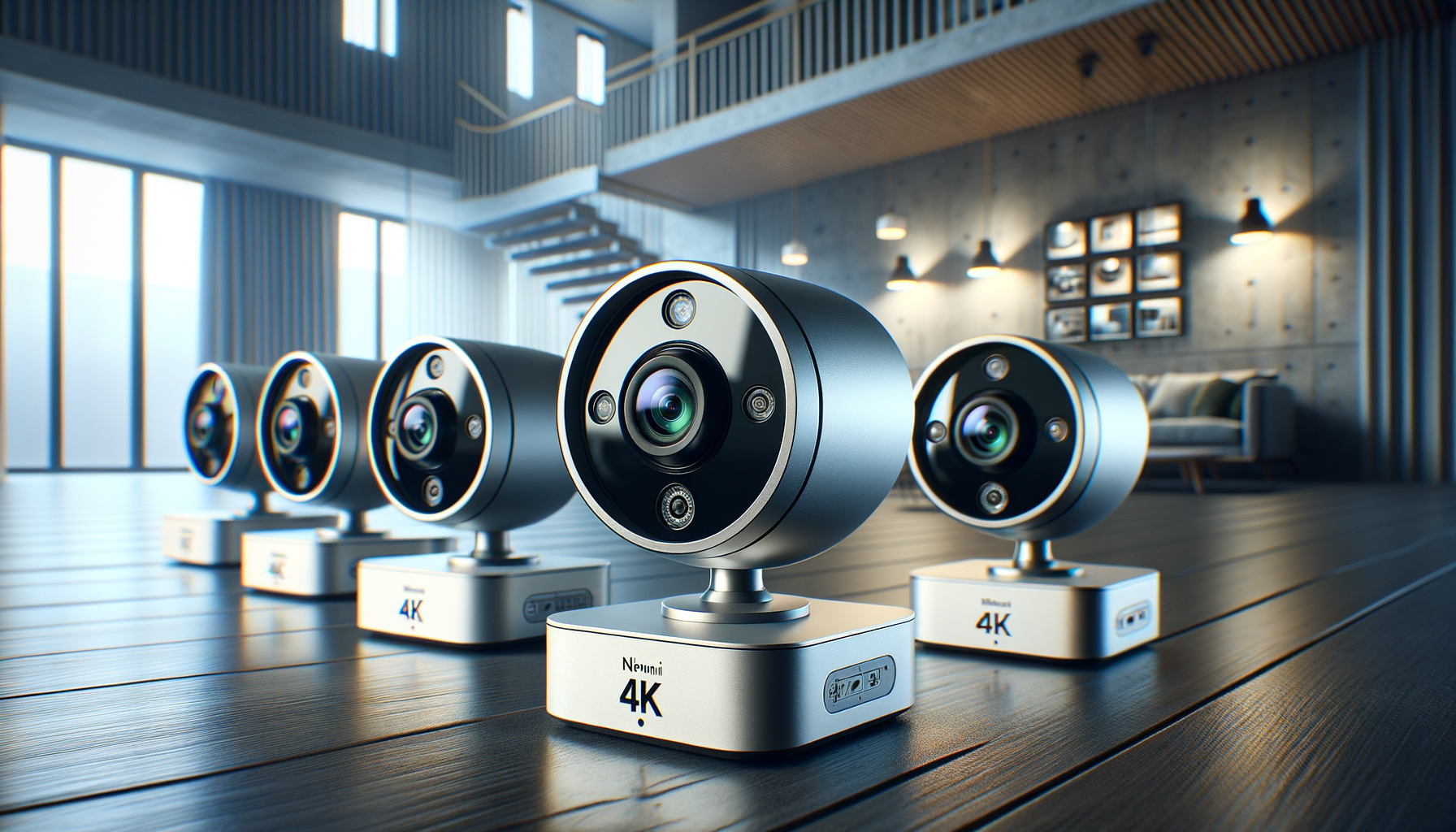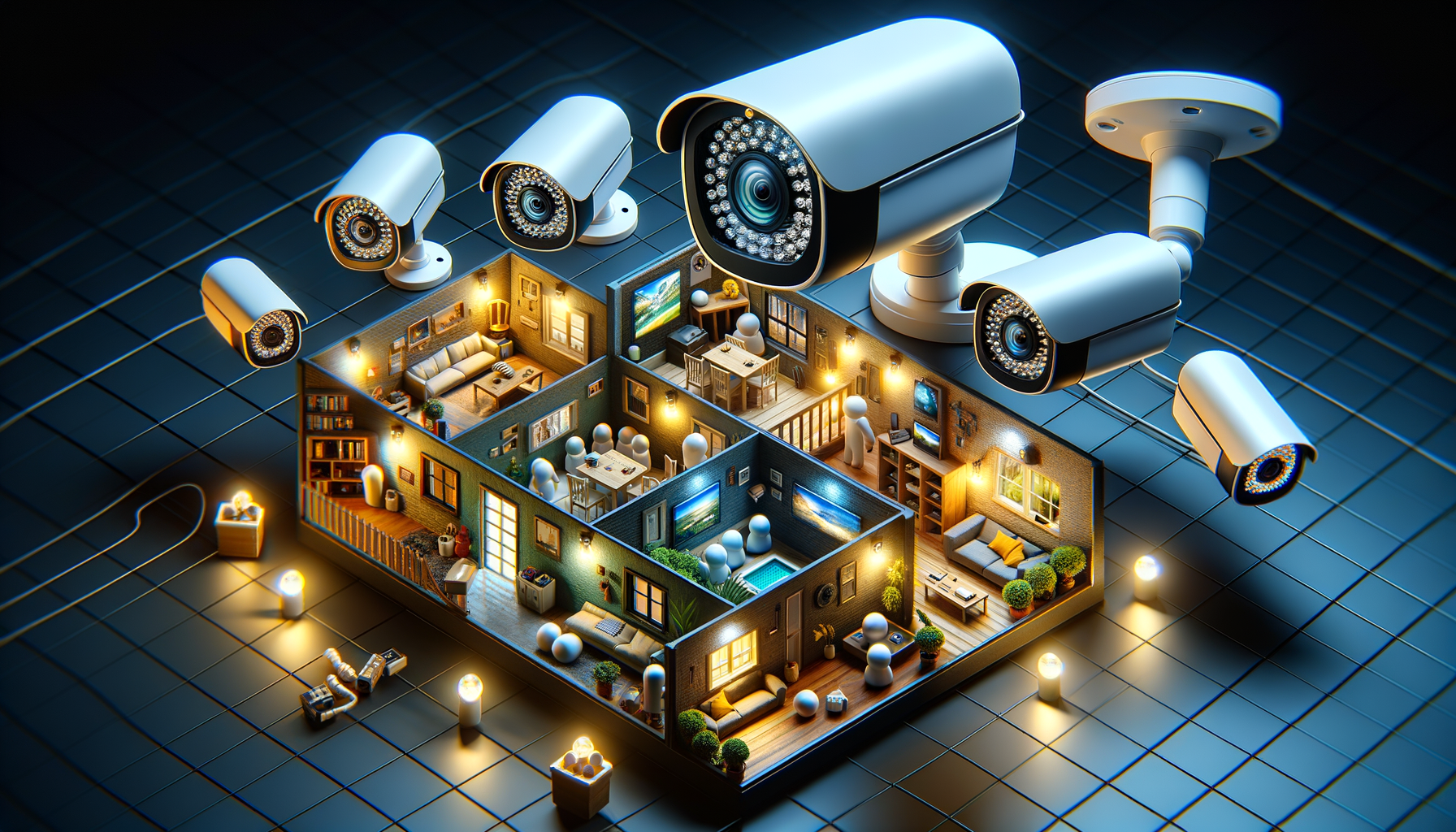Introduction to Security & Surveillance Cameras
In today’s fast-paced world, ensuring the safety and security of our homes and businesses has become more critical than ever. Security cameras offer a practical solution to monitor and protect our spaces. These devices have evolved significantly over the years, now offering features that were once considered futuristic. From wireless capabilities to motion-activated recording, modern surveillance cameras are designed to meet the diverse needs of users. This article explores various aspects of security cameras, highlighting their importance and functionality in safeguarding what matters most.
Types of Security Cameras
Security cameras come in various forms, each designed for specific needs and environments. Understanding the different types can help you choose the right system for your space:
- Bullet Cameras: Known for their long and cylindrical shape, bullet cameras are ideal for outdoor use, providing a visible deterrent to potential intruders.
- Dome Cameras: These are typically used indoors and offer a more discreet surveillance option due to their dome-shaped casing.
- PTZ Cameras: Pan-Tilt-Zoom cameras allow remote control of the camera’s movement and zoom, making them suitable for large areas requiring detailed monitoring.
- Wireless Cameras: As the name suggests, these cameras do not require cables for video transmission, offering flexibility in placement and installation.
- IP Cameras: Internet Protocol cameras transmit data over a network, providing high-definition video and remote access capabilities.
Each type of camera offers unique advantages, and the choice often depends on the specific requirements of the user, such as the area size, indoor or outdoor placement, and desired features.
Key Features of Modern Surveillance Systems
Modern surveillance systems are equipped with a range of features that enhance their functionality and effectiveness. These features include:
- High-Definition Video: Many cameras now offer HD video quality, ensuring clear and detailed footage that can be crucial in identifying individuals and activities.
- Night Vision: Infrared technology allows cameras to capture video in low-light conditions, ensuring 24/7 surveillance.
- Motion Detection: Cameras with motion detection can alert users to any movement in their field of view, reducing the need for constant monitoring.
- Remote Access: With internet connectivity, users can access live feeds and recorded footage from anywhere using a smartphone or computer.
- Cloud Storage: Storing footage in the cloud ensures that data is safe from physical damage and can be accessed anytime.
These features make modern security cameras a valuable tool in both residential and commercial settings, providing peace of mind and enhancing safety.
Installation and Maintenance Considerations
Installing a security camera system involves several considerations to ensure optimal performance and coverage. Here are some key points to keep in mind:
- Placement: Cameras should be strategically placed to cover vulnerable areas such as entrances, exits, and blind spots.
- Wiring: For wired systems, ensure that cables are properly secured and protected from environmental damage.
- Power Supply: Consider the power requirements of each camera and ensure a reliable power source is available.
- Weatherproofing: Outdoor cameras should be weatherproof to withstand harsh conditions.
- Regular Maintenance: Periodically check the cameras for dust and debris, and ensure firmware is up to date for optimal performance.
Proper installation and maintenance are crucial to maximizing the effectiveness of a surveillance system, ensuring it functions reliably when needed.
Choosing the Right Security System for Your Needs
Selecting the right security system can be daunting given the wide array of options available. Here are some factors to consider:
- Purpose: Determine whether the system is for residential or commercial use, as this will influence the type and number of cameras needed.
- Budget: Establish a budget that covers not only the cost of the cameras but also installation and potential maintenance expenses.
- Scalability: Consider whether the system can be easily expanded to accommodate future needs.
- Integration: Look for systems that can integrate with other security measures, such as alarms and access control systems.
- User-Friendliness: Choose a system that is easy to operate and provides intuitive access to footage and controls.
By assessing these factors, you can choose a security system that not only meets your current needs but also adapts to any future requirements.
Conclusion: The Future of Security and Surveillance
As technology continues to advance, the capabilities of security and surveillance cameras are expected to grow, offering even more sophisticated features. From AI-powered analytics to enhanced connectivity, the future holds exciting possibilities for improving safety and security. By staying informed about the latest developments and understanding your specific needs, you can ensure that your security measures remain effective and up-to-date. Investing in a reliable surveillance system is not just about protecting property; it’s about safeguarding peace of mind and ensuring the safety of loved ones and valuable assets.




Leave a Reply